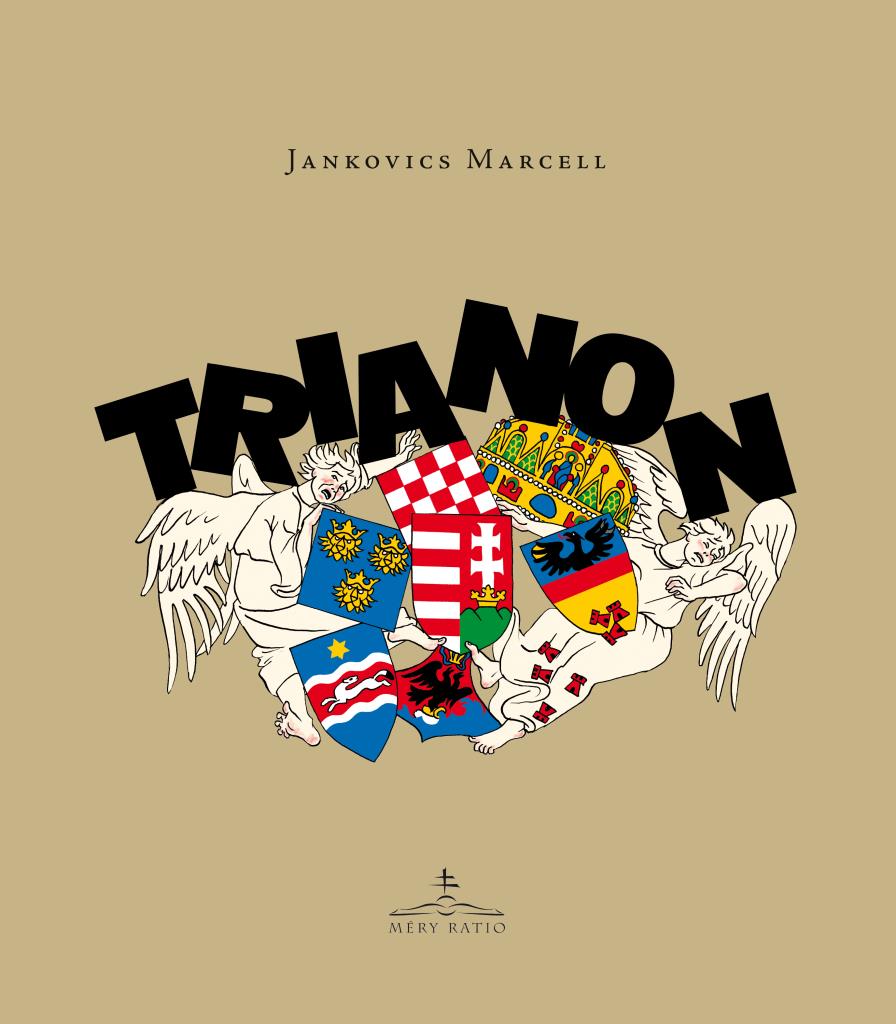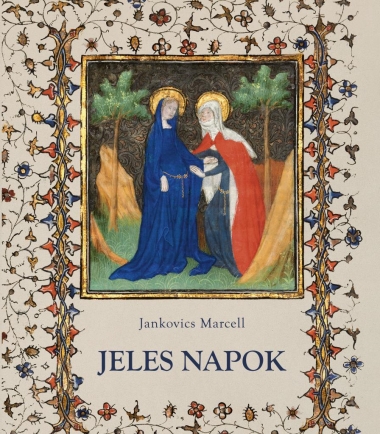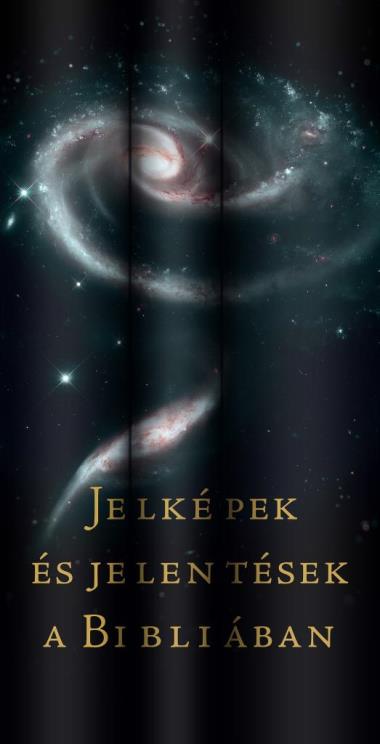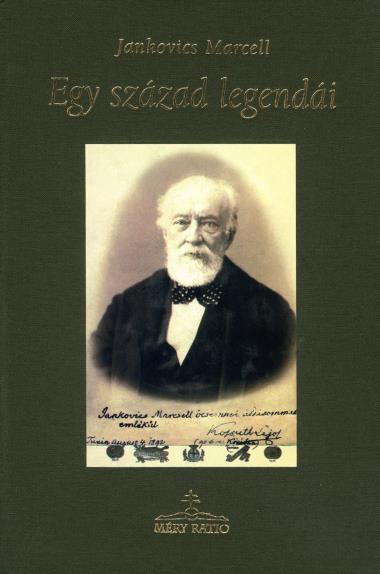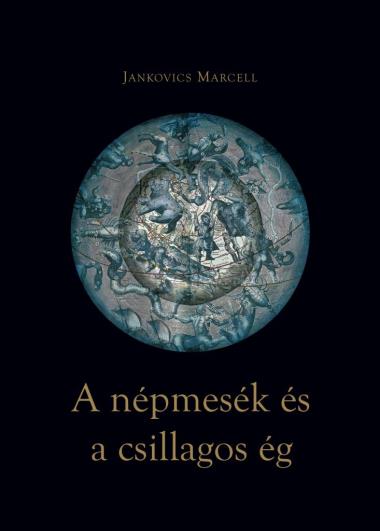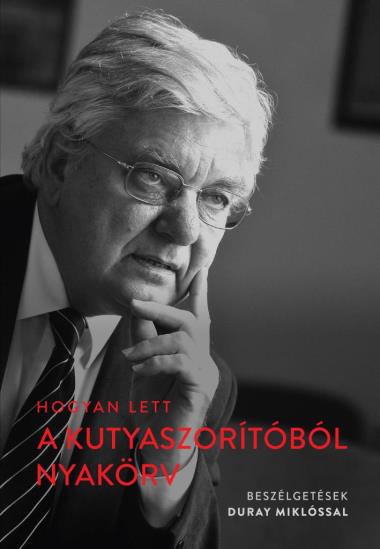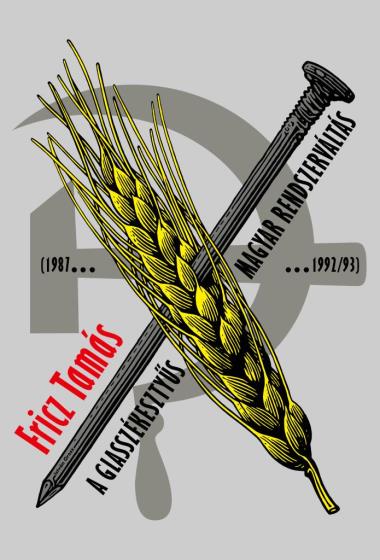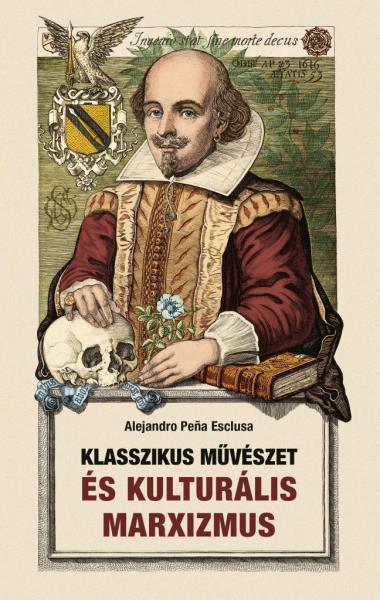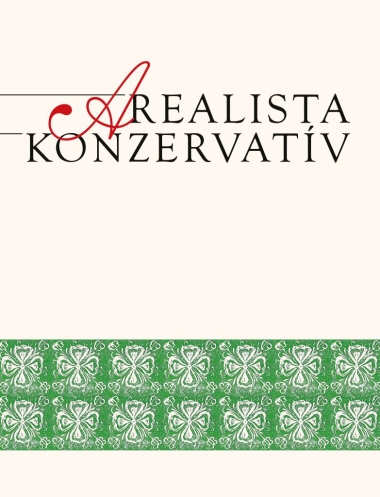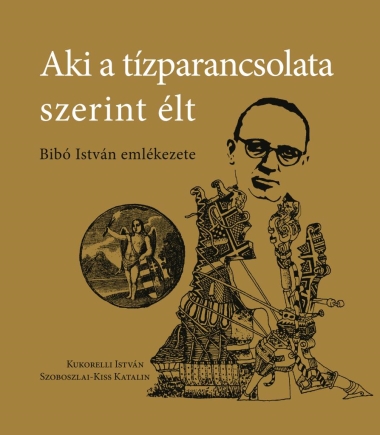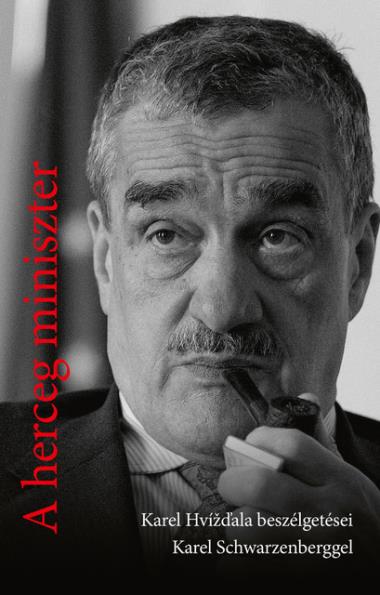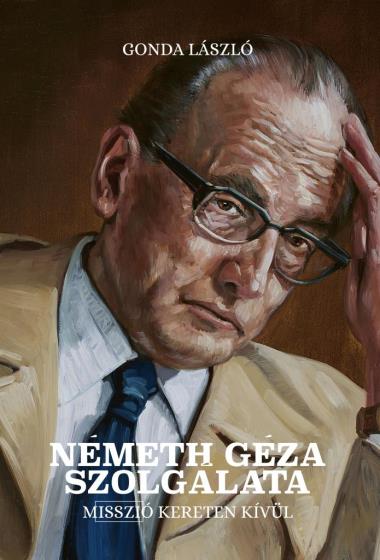“You want me to redraw the mountains?” I asked. He gibbered that I should at least use smaller frame sizes so they don't notice… Notice what? Where Hungarian history took place? That our borders aligned with natural boundaries? Everything stayed as it should in the films.
The torn-away parts of the country could not be torn away from me. Admittedly, before the political changes, i.e. the liberation, I had not really visited them, apart from Croatia and Austria. I did not want to be sad. But since then… I feel at home in all of them. Indeed, I am at home in all of them. In multiple ways. Through my paternal grandfather of Croatian and Hungarian origin, who lived most of his life in Pozsony (today: Bratislava) because of his wife, my grandmother, who was Slovakian with hints of Polish but who became Hungarian because of her love for my grandfather. Through my maternal grandfather, in whose veins Székely blood mingled with Armenian blood, and his wife, my other grandmother, who was the daughter of a Hungarian family in Csallóköz (today: Žitný ostrov). All four of them represented part of the country torn apart. The Transylvanian and Csallóköz branches are alive and well; they are ensuring that my bloodline continues.
Hungarians also live in the areas where I have no family roots, in Serbia, Subcarpathia and Burgenland. And the lands where Hungarians live are extensions of my world.
My ancestors were good Hungarians, or became good Hungarians. My Croatian forefathers who defended the joint fatherland from the Turks; my Austrian great-great-granduncle from Tyrol who fought for Hungarian freedom in 1848-1849 with his brother-in-law, my great-great-grandfather, and who suffered many years in prison for it; my Polish great-great grandfather, Bem's adjutant in Ostrołęka in 1831, who was already a resident of Hungary when he offered his services to the country; the founders of Szamosújvár (today: Gherla). They also taught me how to be a Hungarian.
Marcell Jankovics
